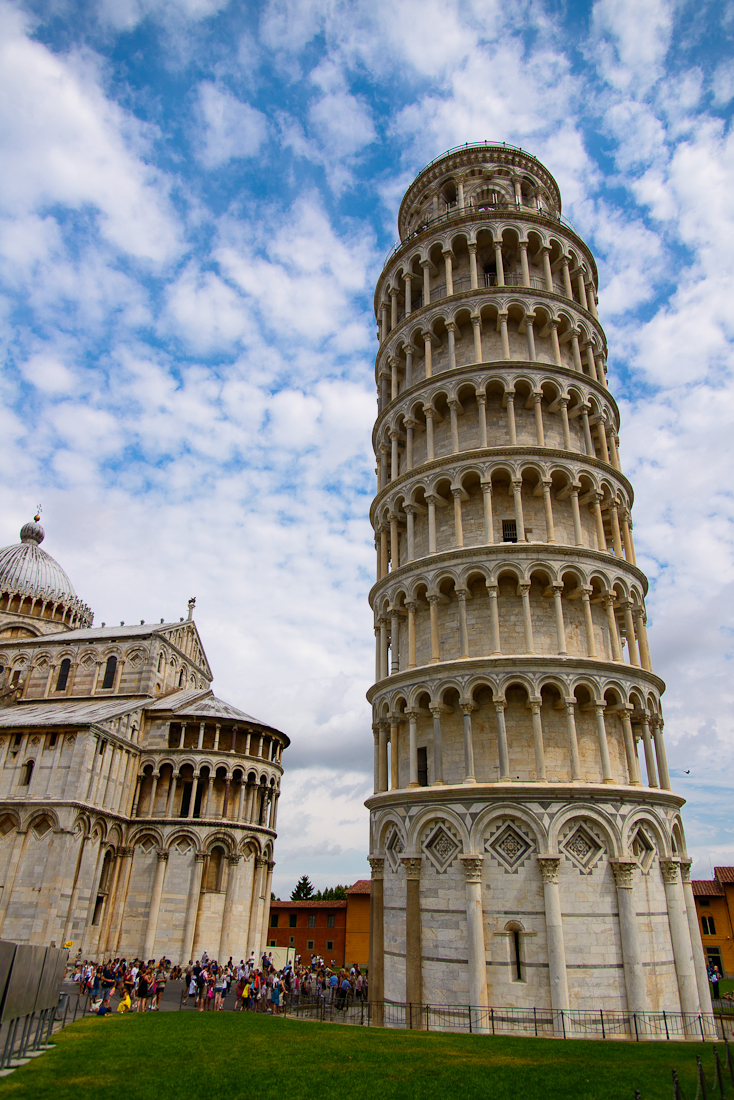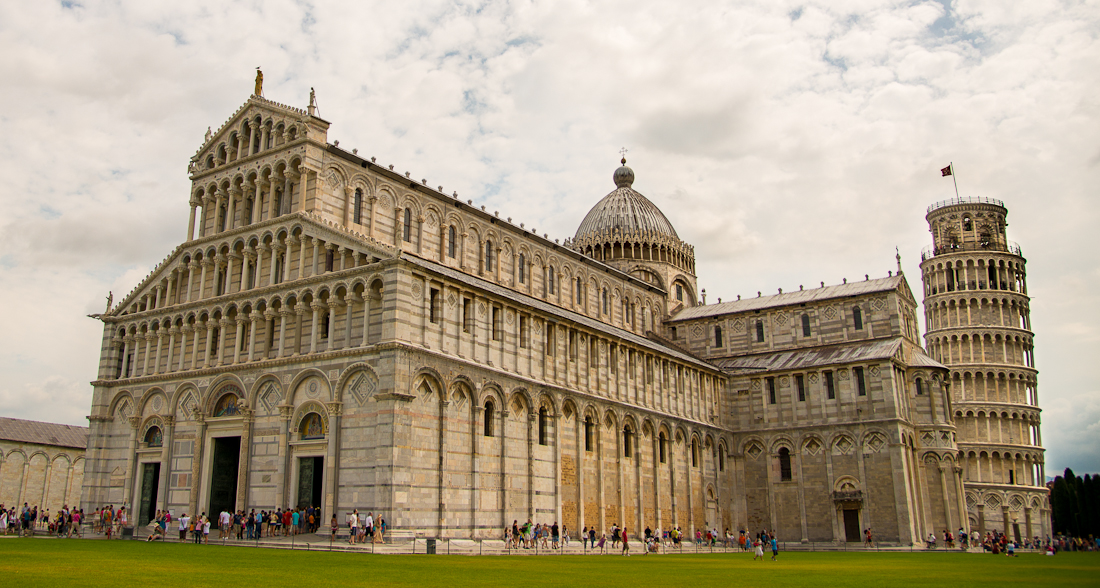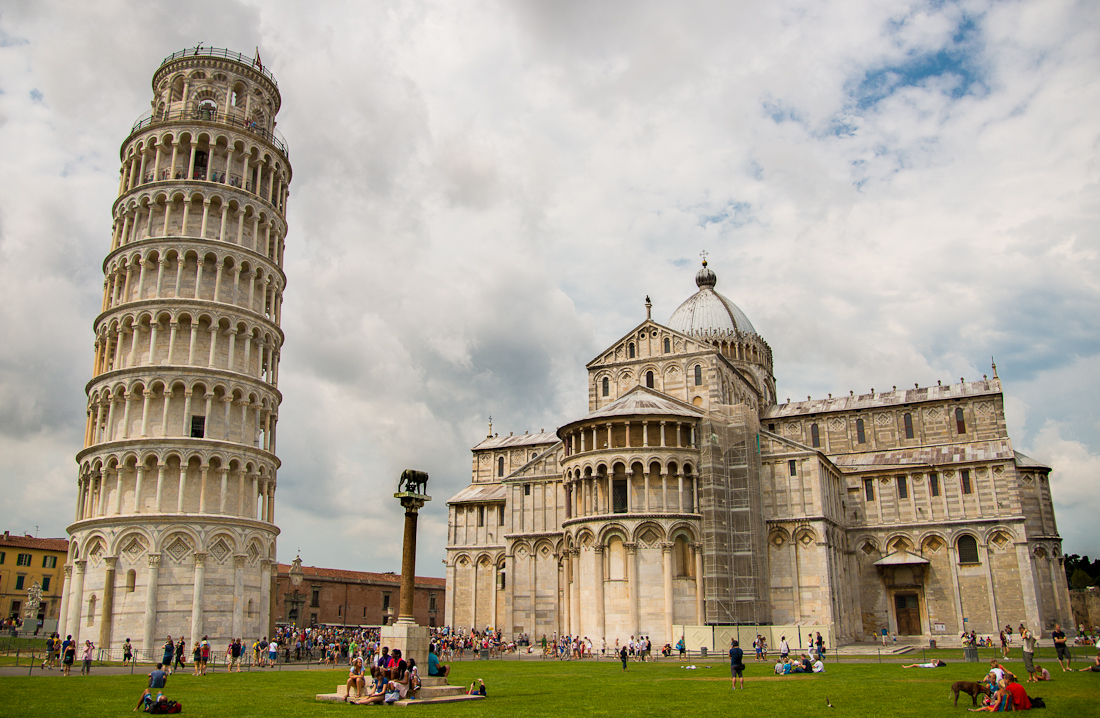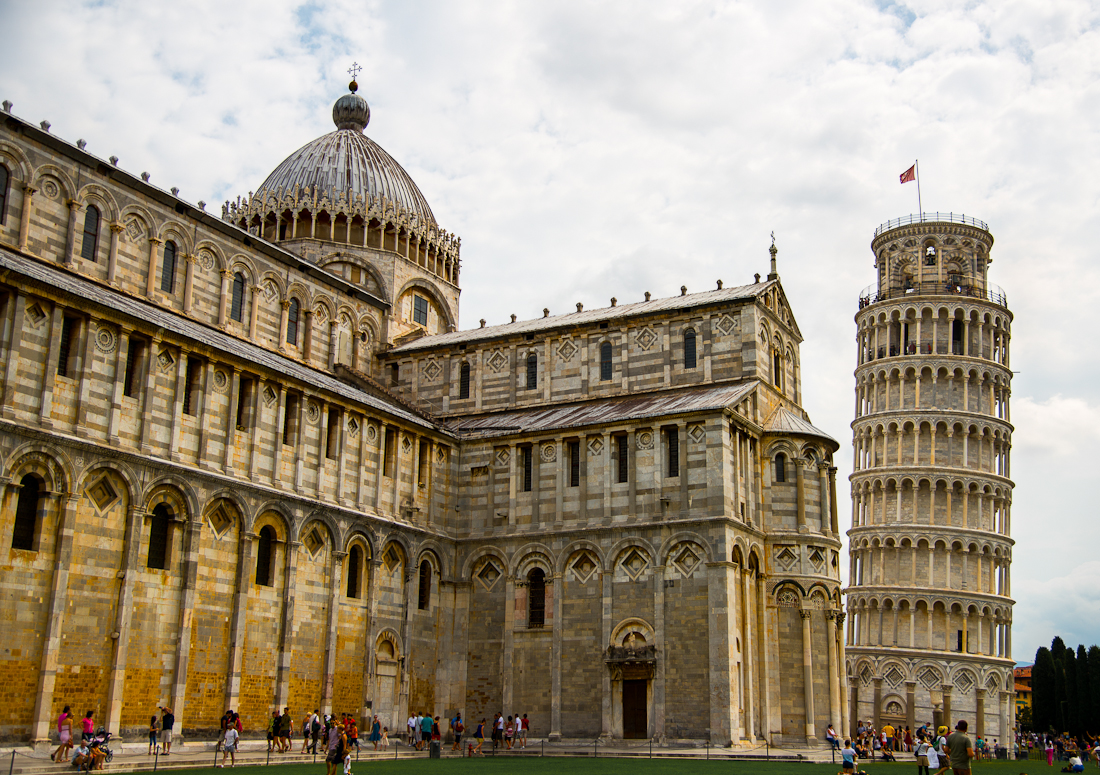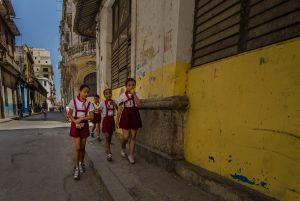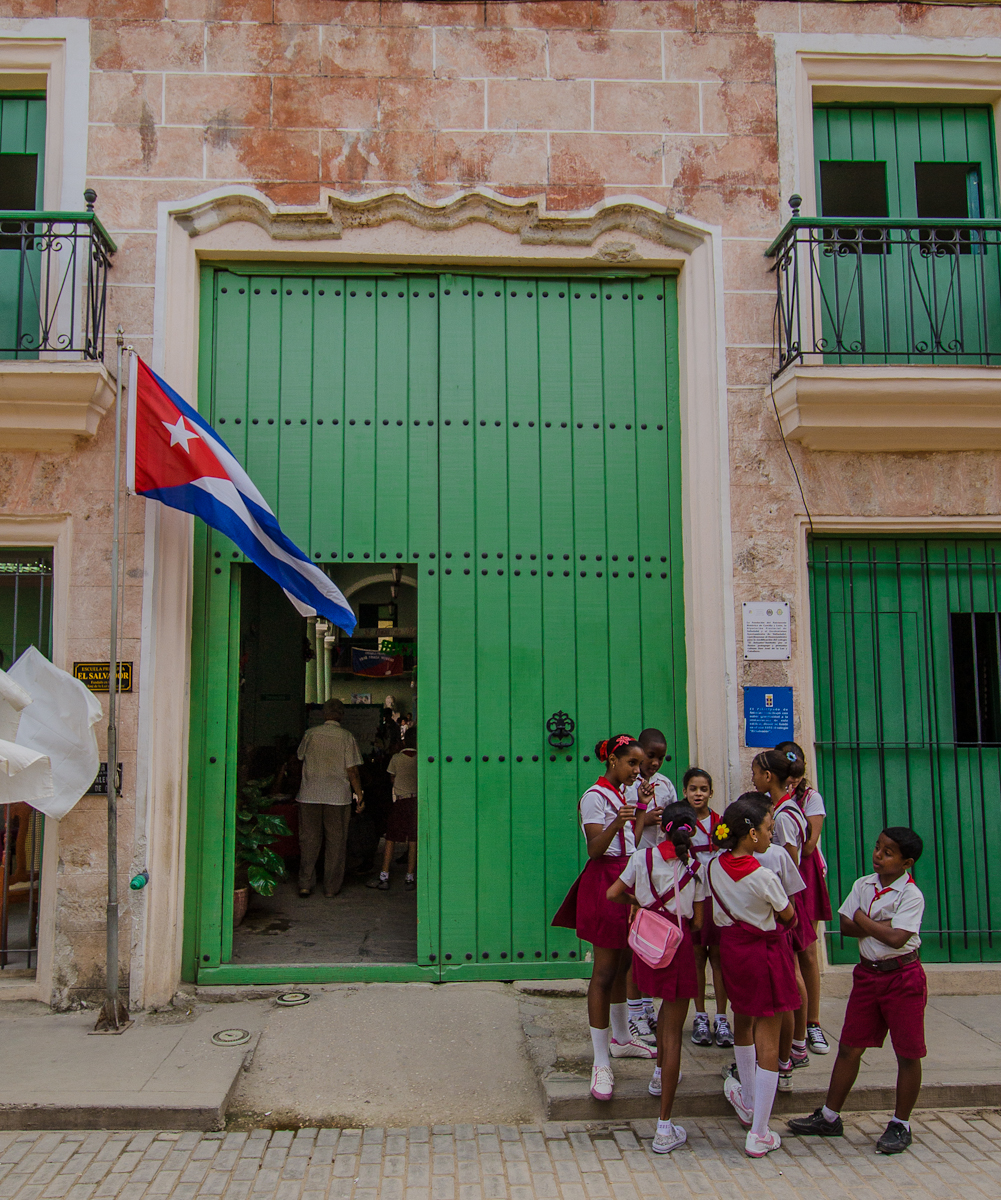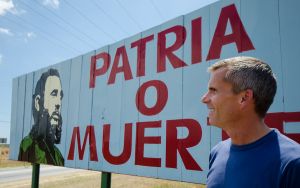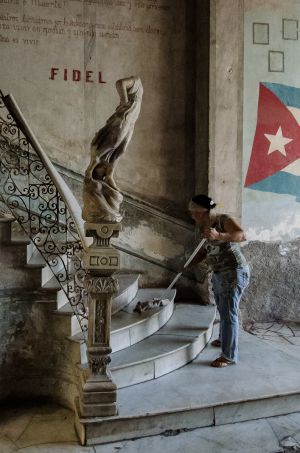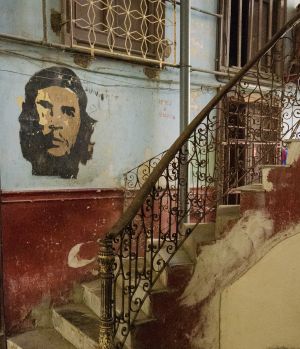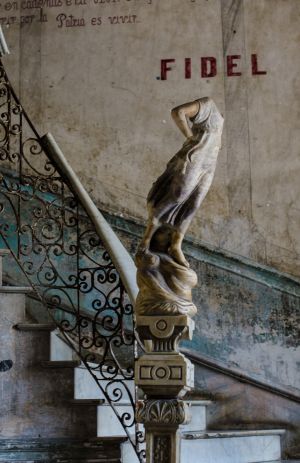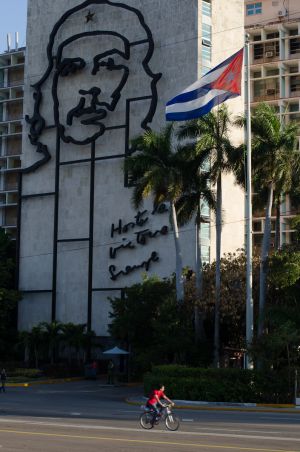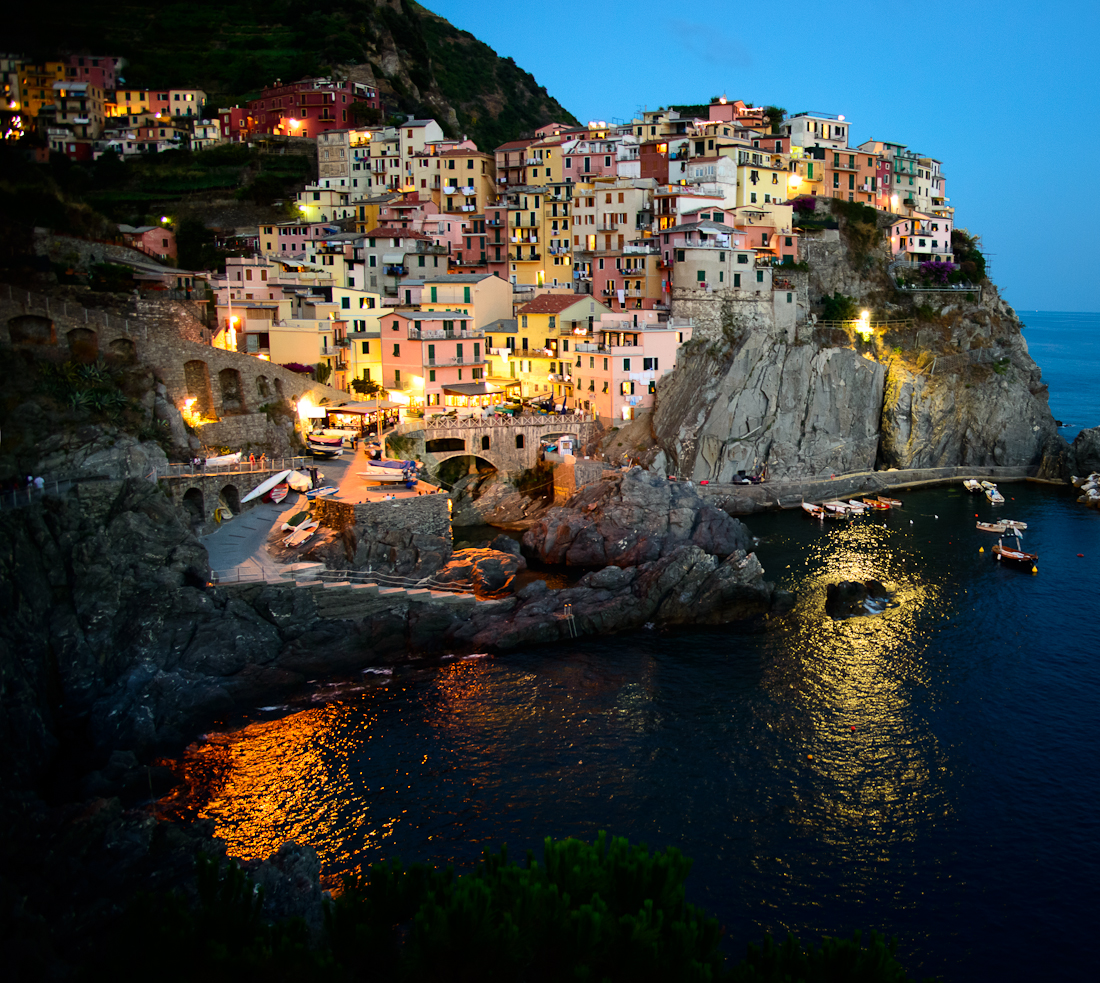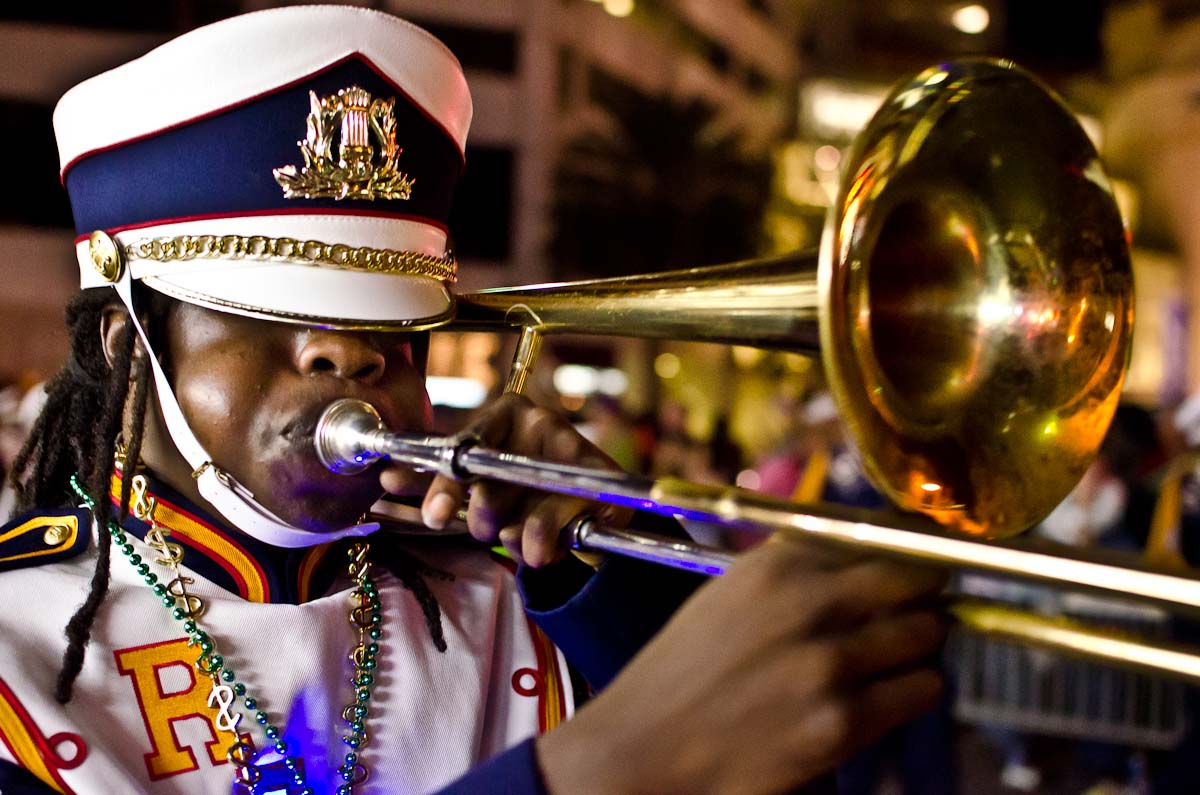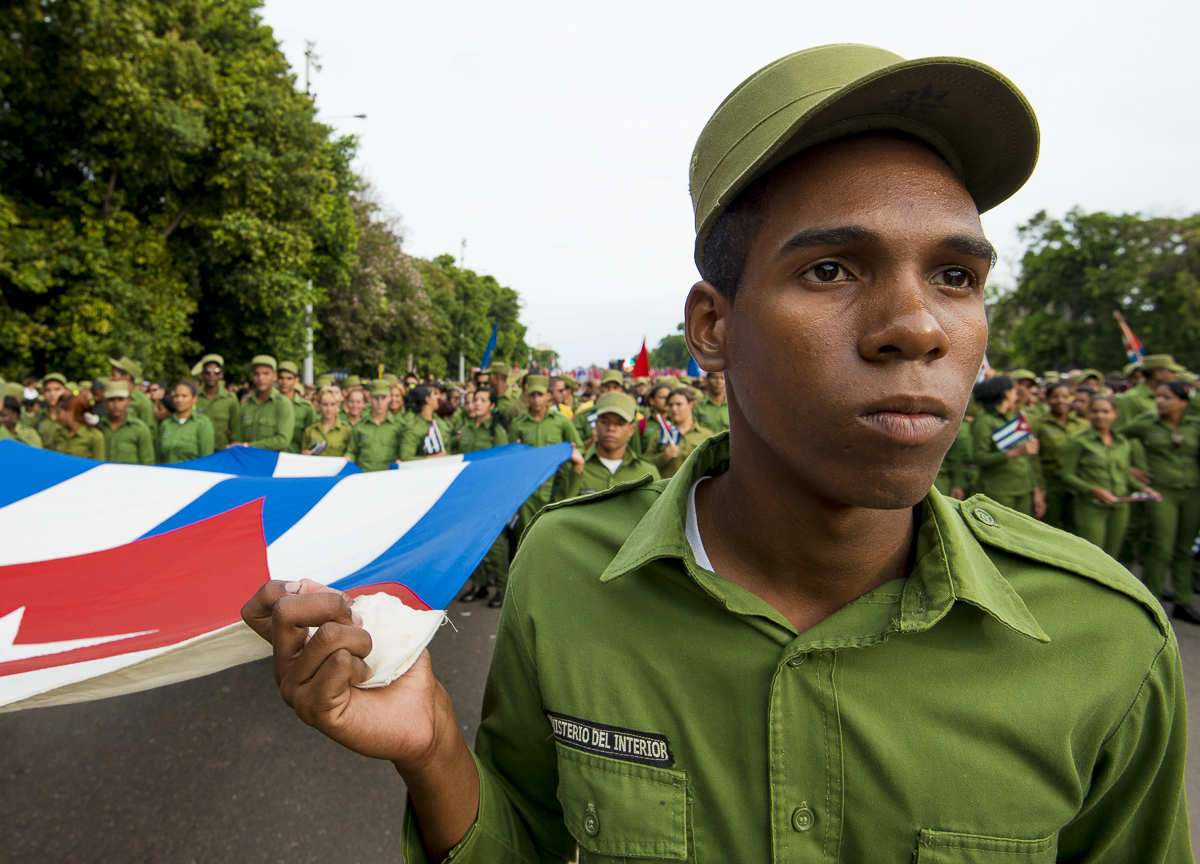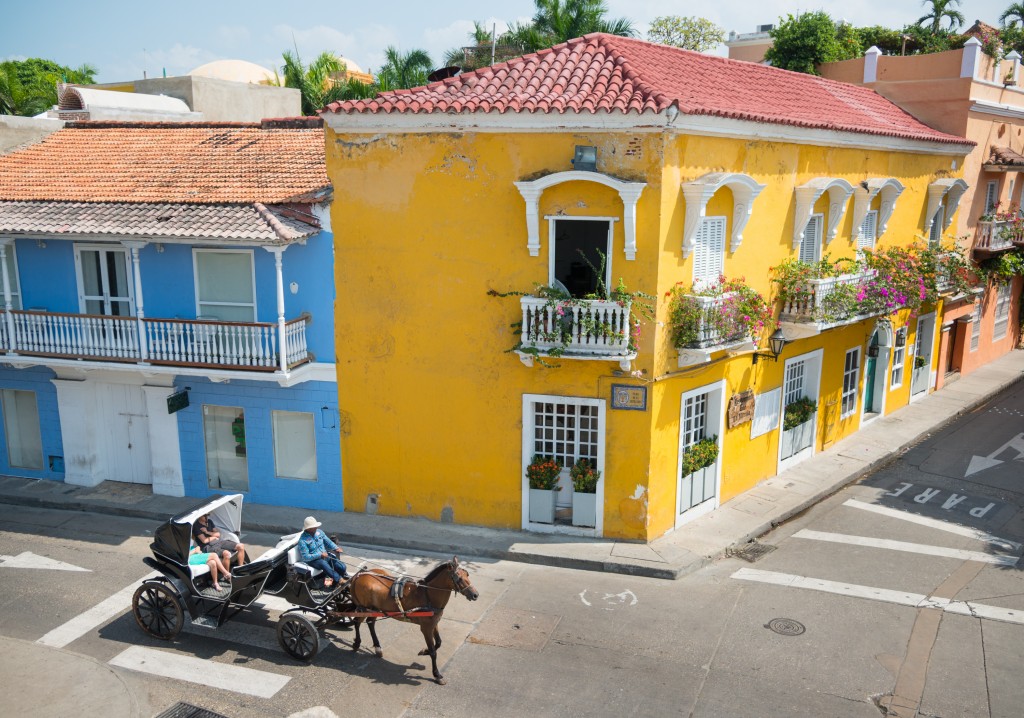I spent one hour and forty-five minutes in Pisa. I know this because that’s how much time I could buy on the parking meter with the Euro coins I had in my pocket.
I was unwilling to be the only person in 500 years to go through Pisa, Italy without touring the town’s tilted Tuscan Torre. The strikingly slanted stone spire is the belltower of Pisa’s 900 year old major Duomo. The cathedral’s conspicuously canted campanile has been plauged by that famous foundational flaw since its construction in the 11th through 13th centuries. I had no city map, but assumed (correctly) that I could just follow the flow of tourists to the area’s awkwardly angled axis of attention. (Okay, I’ll stop.)
These pictures are misleading — especially the first one, above. When you use a wide angle lens and point the camera upward to take a picture of, e.g., a tower, everything looks like it’s leaning inward. (Click here for another example). In fact, the tower actually leans away from the adjacent (perfectly upright) cathedral, as you can sense in the pictures just above, and at bottom.
The line to go up in the tower was exceeded only by the line to buy a ticket to get you into that other line, so I decided to stay at ground level. It’d be hard to see the tower from the tower anyway. The goofiest part of the experience was the number of people (a hundred or so at any given moment) posing for pictures that would give the illusion that they were holding the tower up (Google “funny pictures leaning tower pisa”).
There’s a famous story that Galileo — the Renaissance-era physicist/astronomer who was born in Pisa and started his scientific work there — dropped two cannonballs of different weights off the Tower of Pisa (already tilting back then) to test his theory that they would fall at the same speed. What’s interesting is the reason that story is probably not true: Galileo “proved” his theory not by experiments, but by just thinking about it. I love that.
(Here’s the thought process. Imagine two same-size blocks being dropped – one ten pounds and the other two pounds — connected by a very short string. If the heavy block was prone to fall faster, the tether to a slower-falling two-pound block would slow the fall of the heavy one, making the pair fall slower than the ten-pounder by itself. But if that short string has effectively tied the two tightly together, they are a twelve-pound unit, and if heavier things fall faster, the now-twelve-pound unit should fall even faster than a ten-pound block by itself. It can’t be that both these things are true, so the assumption – about heavy things falling faster – can’t be correct.)
Galileo was a stud. Maybe da Vinci was smarter, but Galileo changed the world. When earlier scientists encountered evidence inconsistent with what the Roman Church taught them about an earth-centered universe, they just puzzled over why their evidence must have been in error. Galileo changed all that — gathering and sharing the telescopic observations and thereby ushering in a Scientific Revolution. He was darn-near burned at the stake by the Church for doing so. One historian has suggested that the astounding scientific and technological progress of the last few hundred years — and thus the ensuing prosperity of the modern Western world — would have been greatly delayed without him. (Two good books on these topics: Galileo’s Daughter and The Birth of Plenty).
For a while, at least, Pisa was the center of Galileo’s universe. So it was fun to imagine that Galileo himself had wandered around Pisa’s Tower Square just about like I did — only five-hundred years earlier, and with a lot “weightier” things on his mind.
